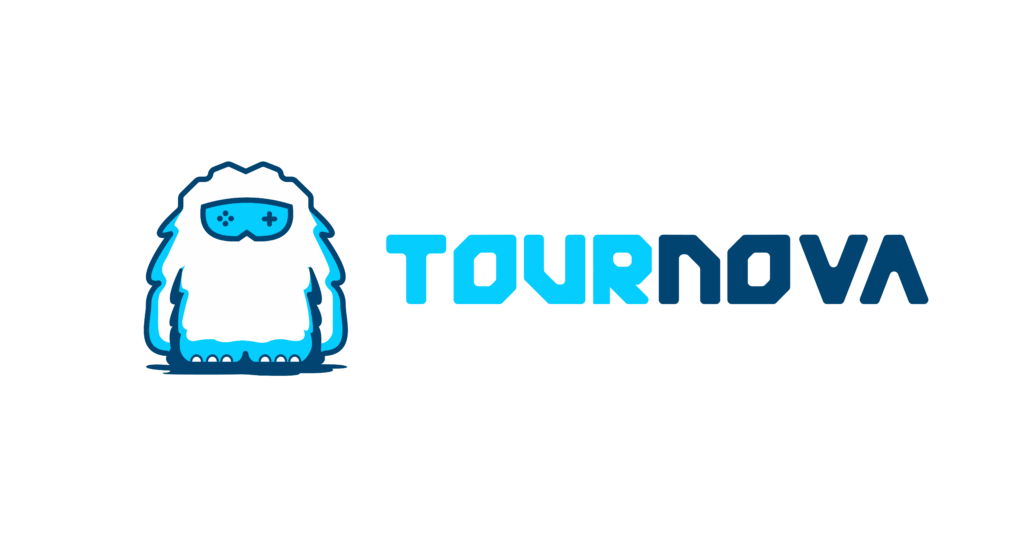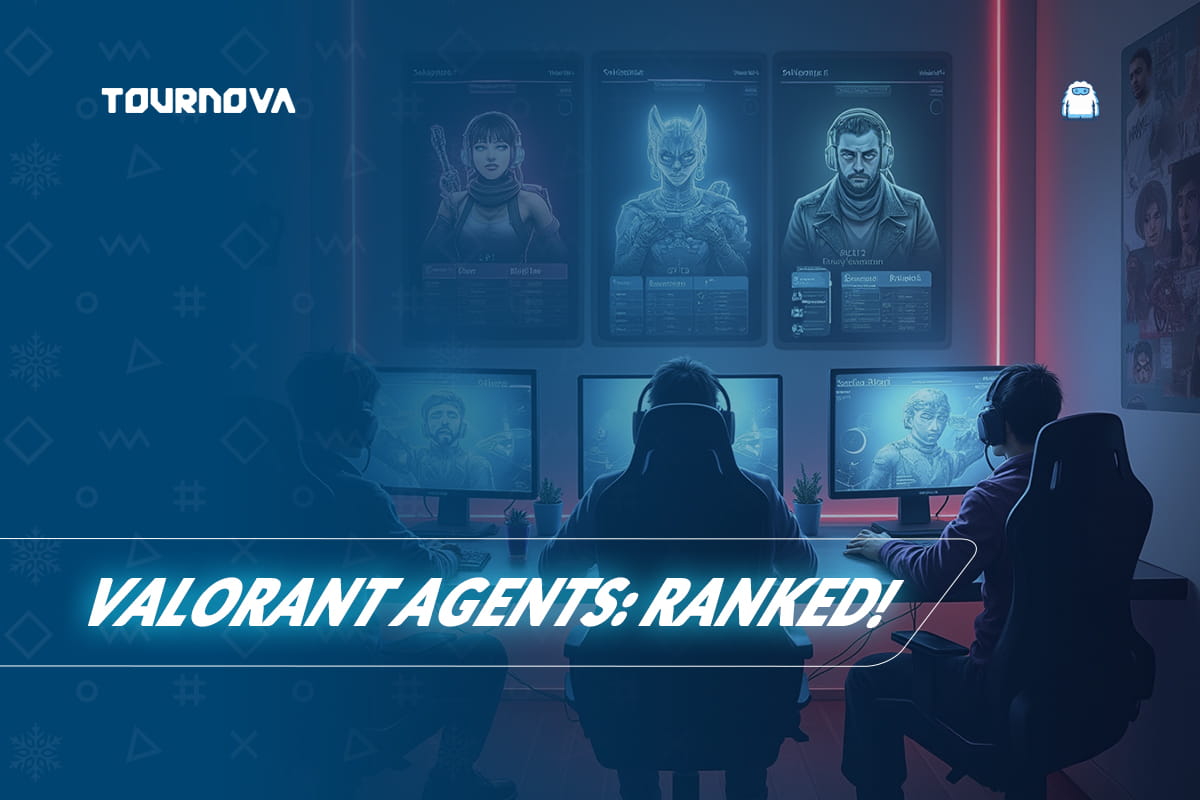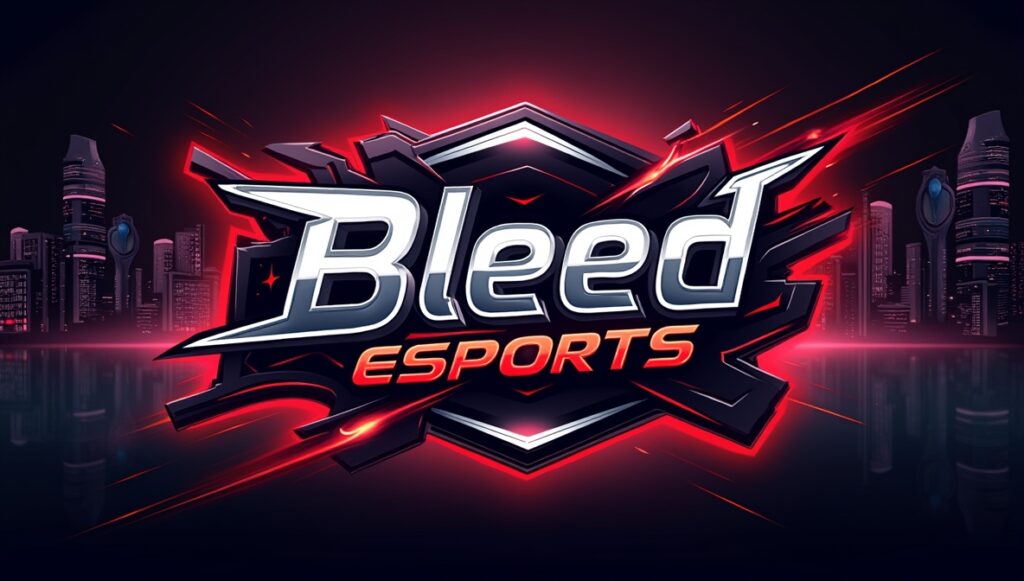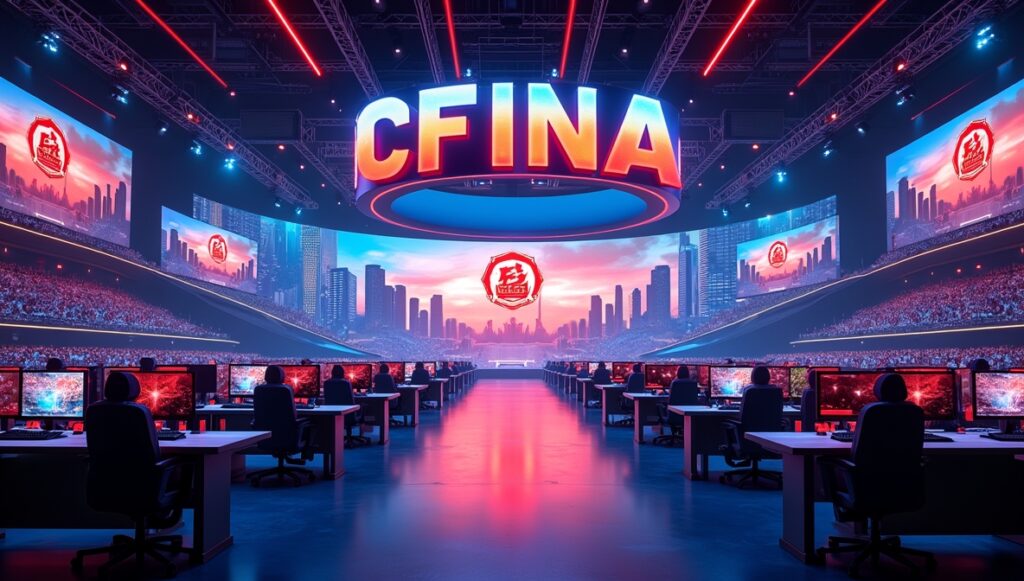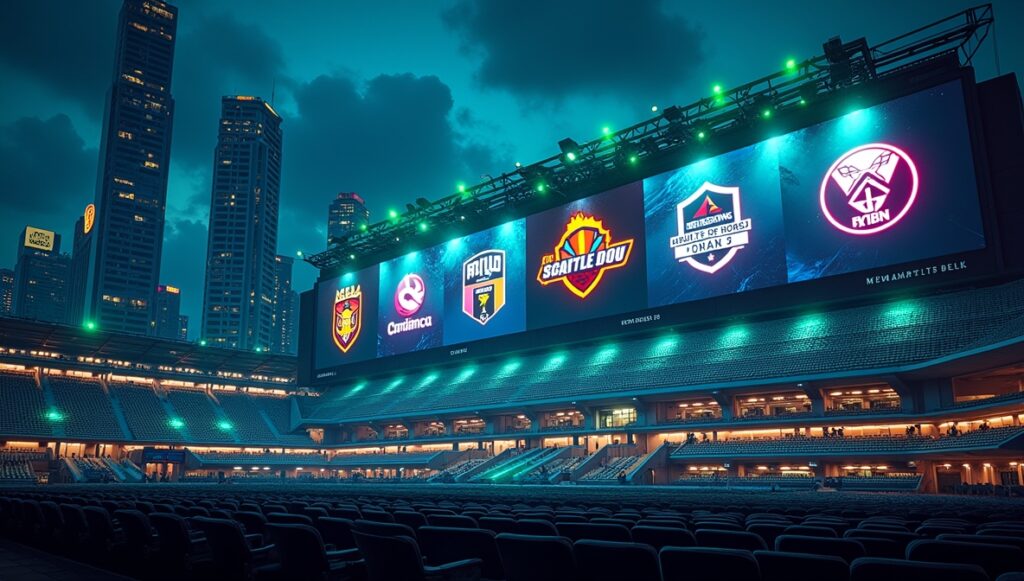Valorant is more than just a battle of aim; it’s a test of strategy, coordination, and choosing the right agent to fit your team’s needs. Every match is an opportunity to showcase skills, but if your agent selection doesn’t align with the map or the team’s strategy, the odds of winning shrink fast. That’s why understanding the Valorant tier list is so important. We’ve all been there; hovering over the agent selection screen, wondering if we should go with our tried-and-true favorite or give someone new a shot. Picking the right agent can make or break your game, whether you’re heading into a casual unrated match or battling it out in a sweaty competitive game. So, together, let’s break down the best agents in Valorant, their rankings, and how to adapt your strategy to the current meta.
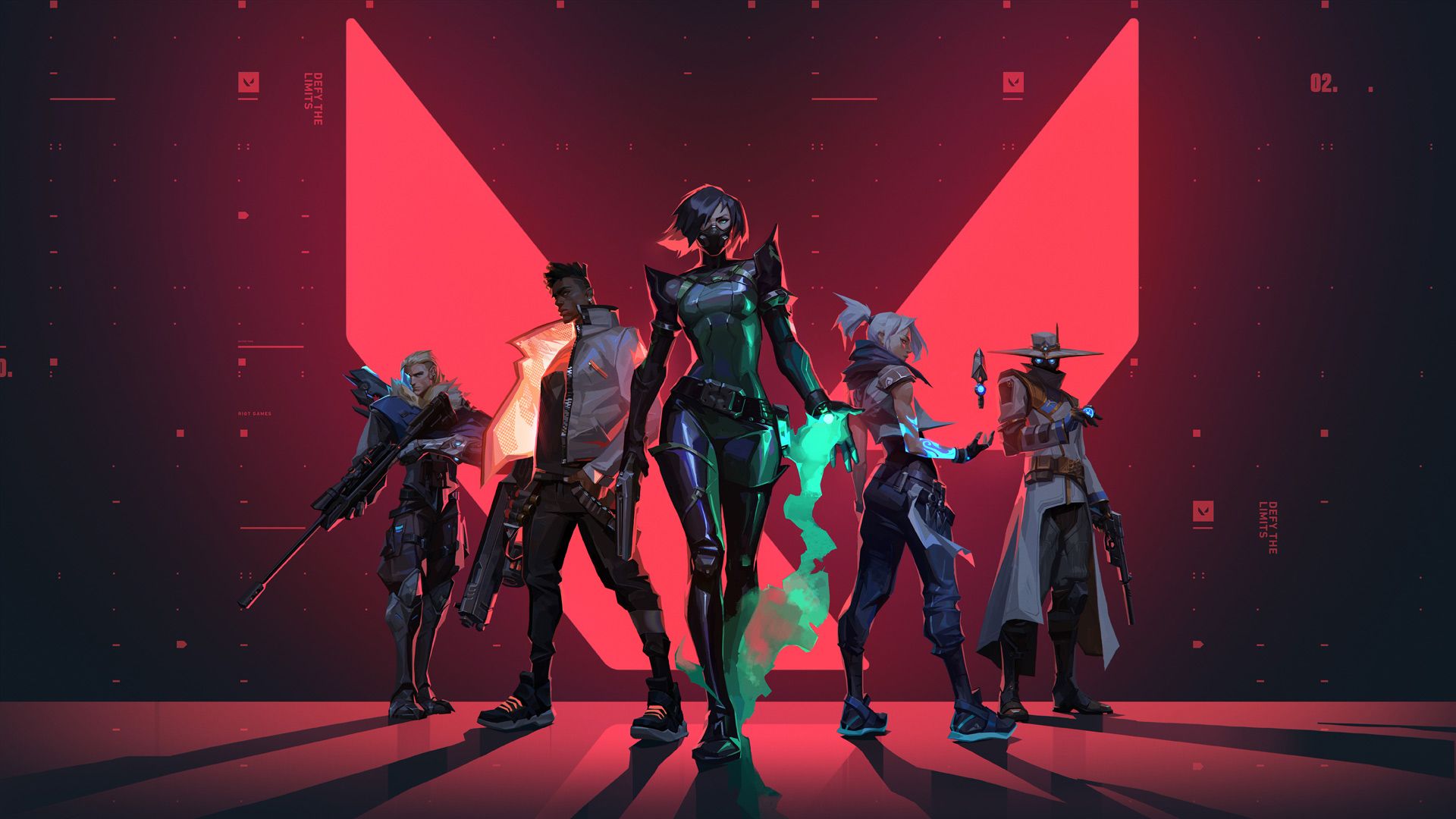
- Players choose from a roster of agents, each with special powers that support strategic play.
How Does the Valorant Tier List Work?
Not all agents are created equal. You may love Yoru’s flashy teleports or Phoenix’s fiery plays, but do they hold up in today’s meta? A Valorant tier list ranks agents based on their utility, adaptability, and impact in competitive play.
Agents are categorized into five tiers to help you understand their effectiveness:
- S-Tier: These agents dominate matches with consistently high impact and reliable abilities.
- A-Tier: Solid picks with strong utility but require skill or specific setups to maximize their value.
- B-Tier: Functional agents that perform well in niche roles but lack versatility.
- C-Tier: Situational picks that struggle to stay relevant against higher-tier agents.
- D-Tier: Outdated or underwhelming agents that struggle to make an impact in competitive matches.
Each tier reflects factors like ability effectiveness, map adaptability, and synergy with teammates. With that foundation in mind, let’s get into the rankings!
1. S-Tier Agents: Dominating the Meta
S-Tier agents are the cream of the crop. They excel across maps, have minimal counters, and provide value in nearly every team composition.
1.1 Jett
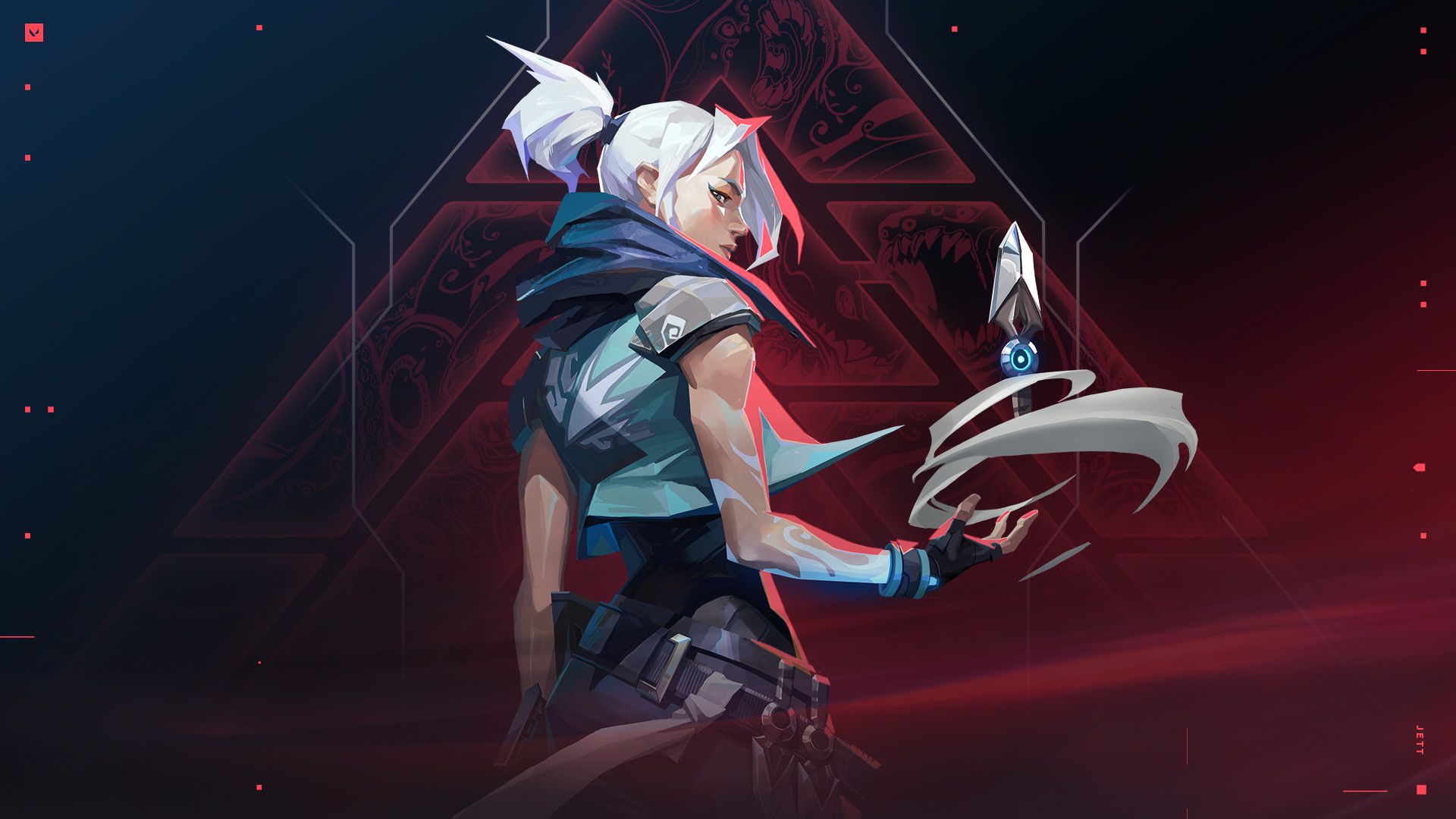
- She excels at quick flanks and solo plays, using abilities like Tailwind and Updraft to outmaneuver enemies.
Explosive, agile, and deadly, Jett is the undisputed queen of duelists. Her Tailwind dash ability lets her escape danger or dive in for quick eliminations, and her Bladestorm ultimate is a game-changer for clutch situations. Jett shines in aggressive, high-tempo games where precision reigns supreme.
- Why S-Tier? Jett thrives in both ranked and pro play due to her mobility, utility, and fragging potential.
- Pro Tip: Use Tailwind to reposition after securing picks. The element of surprise is Jett’s biggest asset.
1.2 Killjoy
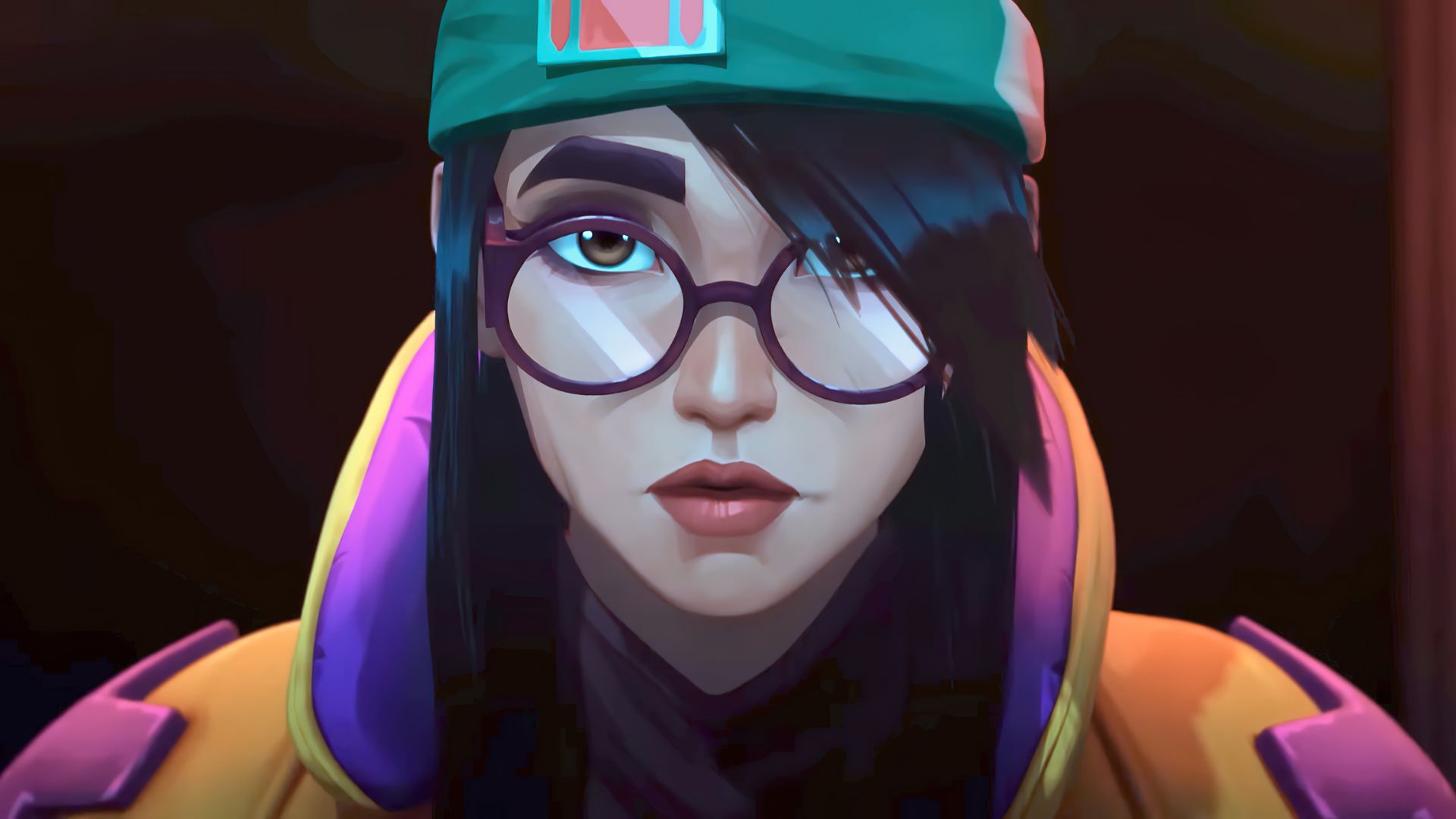
- She excels at locking down sites and stalling enemy pushes.
When it comes to controlling areas and gathering intel, Killjoy is a sentinel you can’t ignore on Valorant tier lists. Her Alarmbot and Turret provide early warnings, while her Lockdown ultimate can force enemy teams into panic rotations. Killjoy excels in defensive setups, disrupting enemy plans with ease.
- Why S-Tier? Killjoy’s gadgets make her perfect for anchoring sites, providing passive intel during critical moments.
- Pro Tip: Place her gadgets in unconventional spots to catch opponents off guard. Predictability could compromise her effectiveness.
1.3 Sova
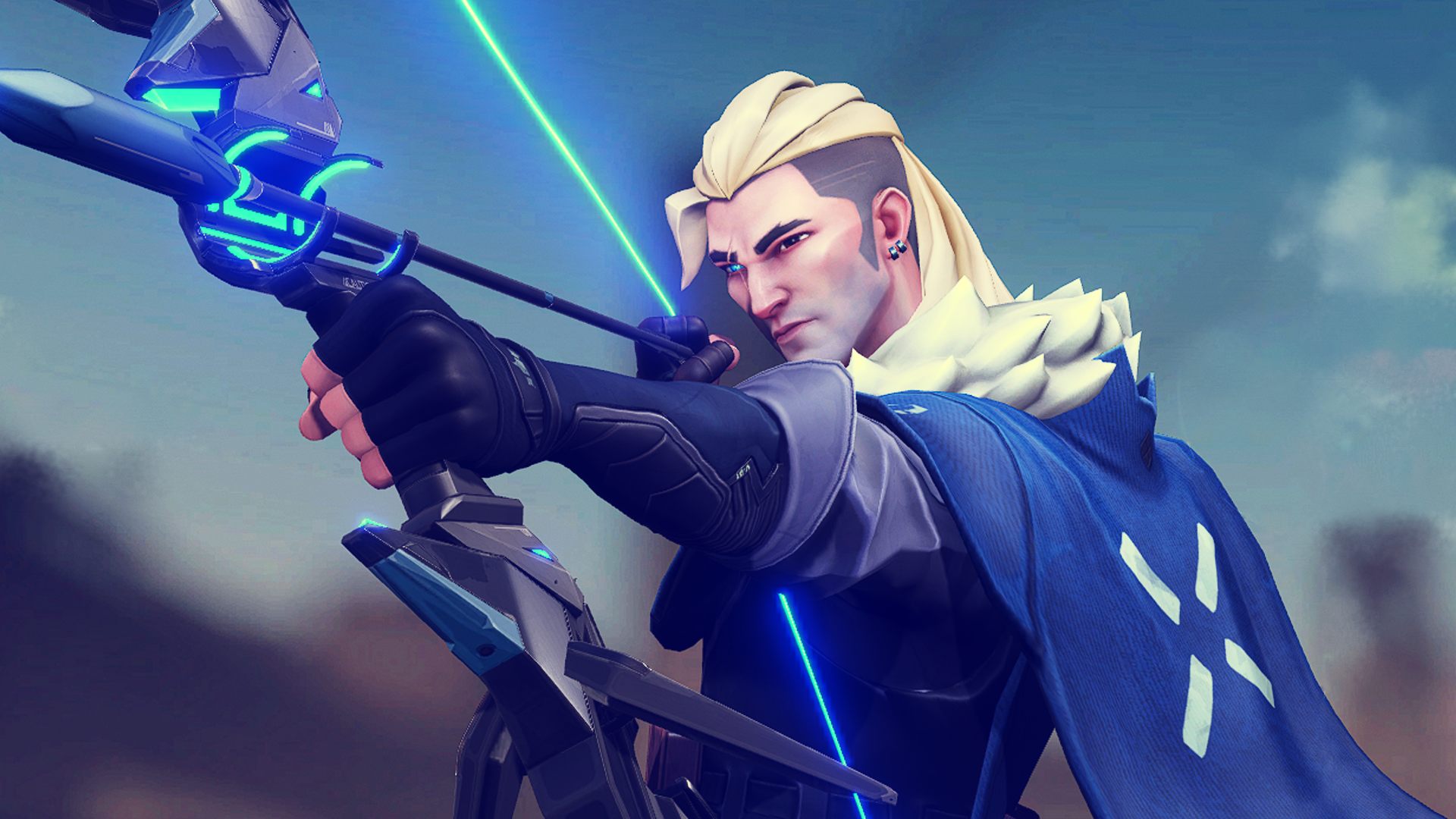
- He excels at scouting and setting up team plays by locating opponents through walls.
Sova’s Recon Bolt and Drone make him the ultimate initiator for gathering intel and scouting out enemy positions. With a mastery of his toolkit, Sova can direct entire team pushes or counter defensive holds. His Hunter’s Fury ultimate is ideal for denying spike plants or securing eliminations in clutch scenarios.
- Why S-Tier? Sova’s ability to reveal enemies gives his team an undeniable advantage in nearly any situation.
- Pro Tip: Mix up Recon Bolt placement to keep opponents guessing. Predictability can lead to easy counters.
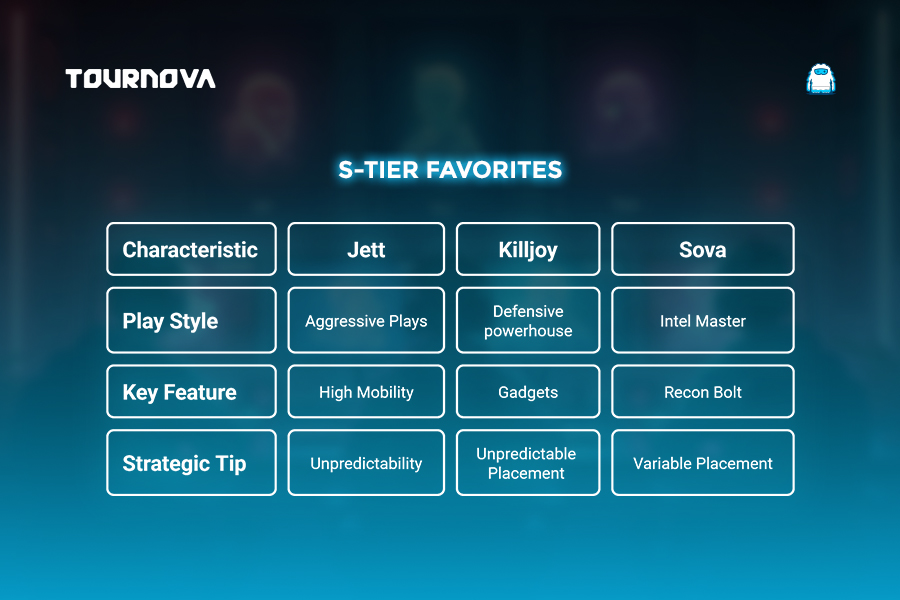
2. A-Tier Agents: Reliable Picks with Mastery
A-Tier agents are strong, though slightly more situational than their S-Tier counterparts. Mastery of these agents can turn even average players into game-changers.
2.1 Phoenix
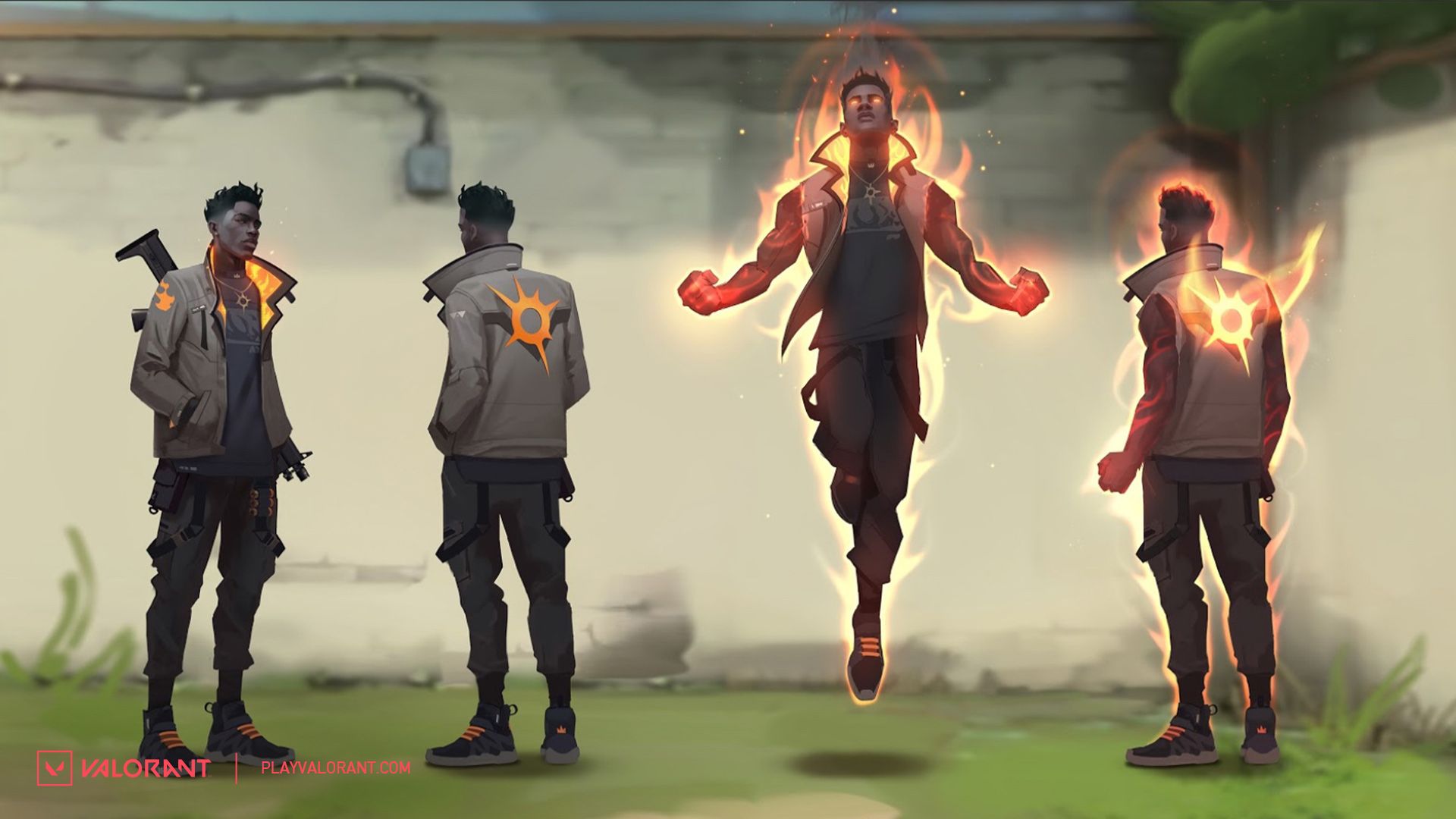
- His ultimate, Run It Back, lets him rush aggressively by giving him a second life.
Phoenix’s flashy playstyle makes him popular among newer players, but don’t underestimate his competitive edge. His ability to self-heal through fiery abilities like Hot Hands and Blaze Wall gives him great sustainability in duels. Phoenix thrives as a solo entry fragger in tight spaces; a key consideration when evaluating the Valorant tier list for aggressive playstyles.
- Why A-Tier? His versatility and self-recovery balance fragging potential with survival.
- Pro Tip: Save Run It Back (his ultimate) for risky pushes; it’s one of the best tools for gathering intel and cleaning up kills without losing your life.
2.2 Cypher
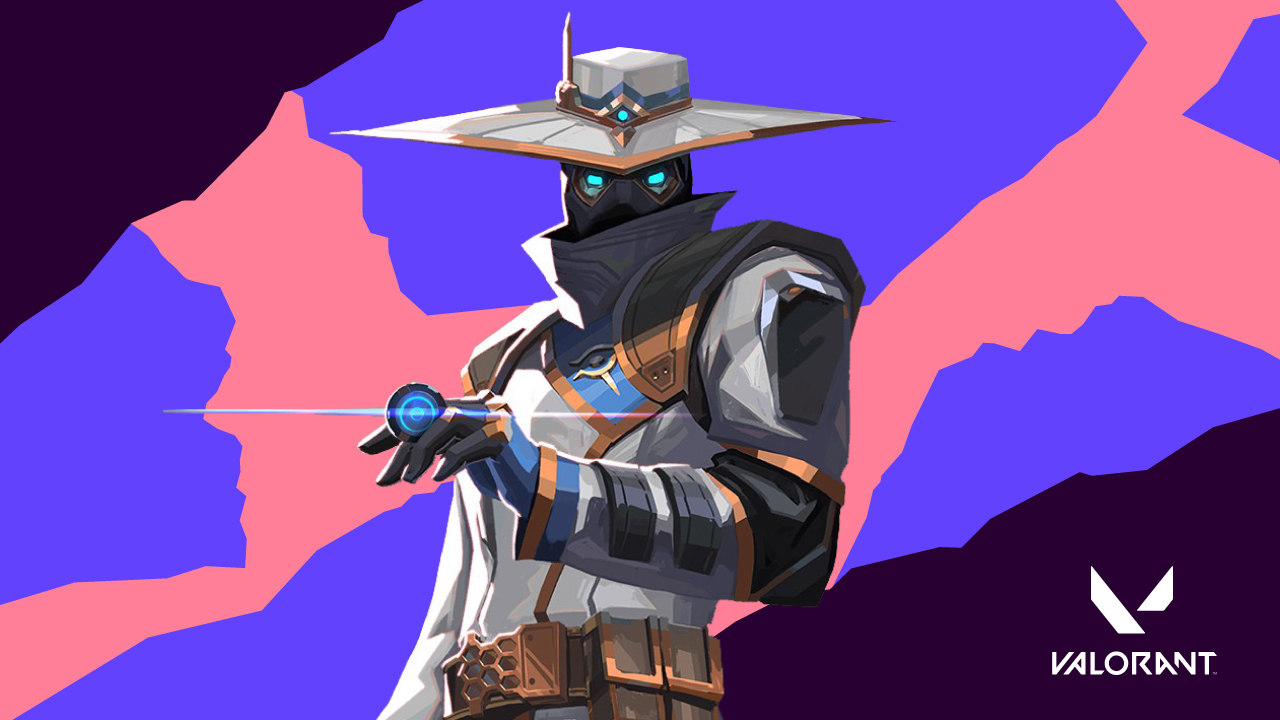
- He excels at controlling flanks and tracking enemy movements
While Killjoy might overshadow Cypher, he’s still a valuable sentinel who can lock down flanks and provide intel. His Spycam and Trapwires make him ideal for setups that slow enemy advances, especially in coordinated team play. Cypher thrives when used to secure control over key areas of the map, allowing teammates to focus on other zones. His Neural Theft ultimate can also turn the tide of a round by revealing enemy positions.
- Why A-Tier? Cypher’s ability to gather intel and control flanks remains powerful, but he requires thoughtful placement and precise defensive play.
- Pro Tip: Position your Trapwires in unexpected spots to catch enemies who assume they’re safe. Creativity is key with Cypher.
2.3 Omen
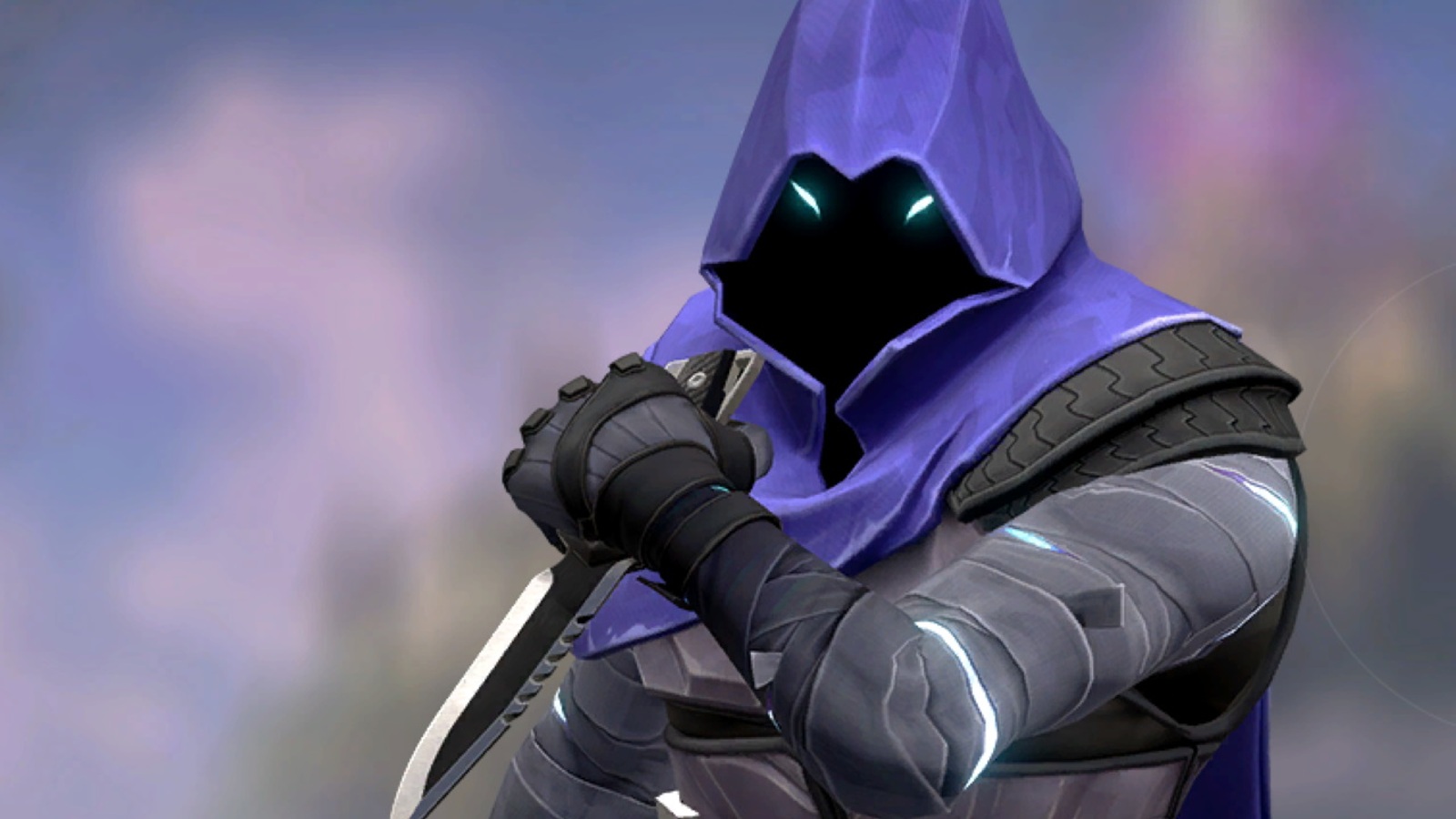
- He thrives on unpredictable plays and flanks, making him a strong initiator for disrupting enemy plans.
As a controller with shadowy powers, Omen is one of the most versatile agents in the game. His Smokes can block enemy sightlines, while Shrouded Step allows for sneaky plays and flanks. His Paranoia ability can also disorient enemies during site executes or defensive holds.
- Why A-Tier? He’s adaptable to almost any scenario, making him a staple in many team compositions.
- Pro Tip: Use Shrouded Step to fake rotations or bait enemies into expecting a flank. Misdirection is Omen’s greatest weapon.
3. B-Tier Agents: Effective in Niche Roles
B-Tier agents on this Valorant tier list have limited versatility but can be highly impactful in the right situations. They’re often picked when a specific map or team strategy calls for their unique abilities.
3.1 Raze
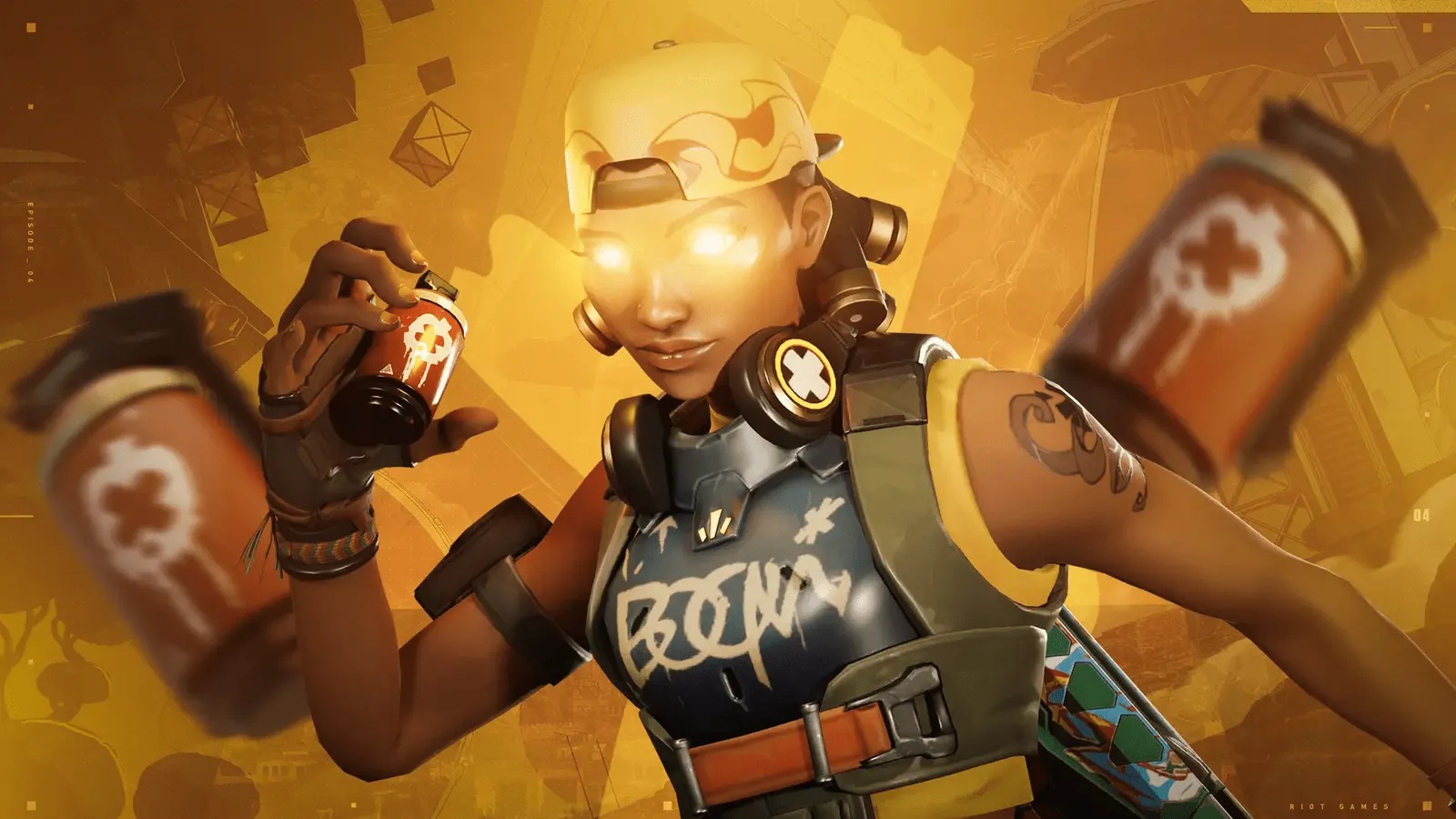
- he excels at clearing tight spaces and forcing enemies out of cover.
Raze is a powerhouse when it comes to raw explosive damage. Her Boom Bot and Paint Shells grenades are great for flushing out enemies hiding in corners. Her Showstopper ultimate can clear entire sites when used correctly. However, Raze’s kit lacks versatility and relies heavily on aggressive fragging.
- Why B-Tier? Raze shines on maps like Bind, where tight spaces maximize her ability to pressure opponents.
- Pro Tip: Use Blast Pack to gain vertical mobility and disrupt angles; perfect for catching opponents by surprise.
3.2 Astra
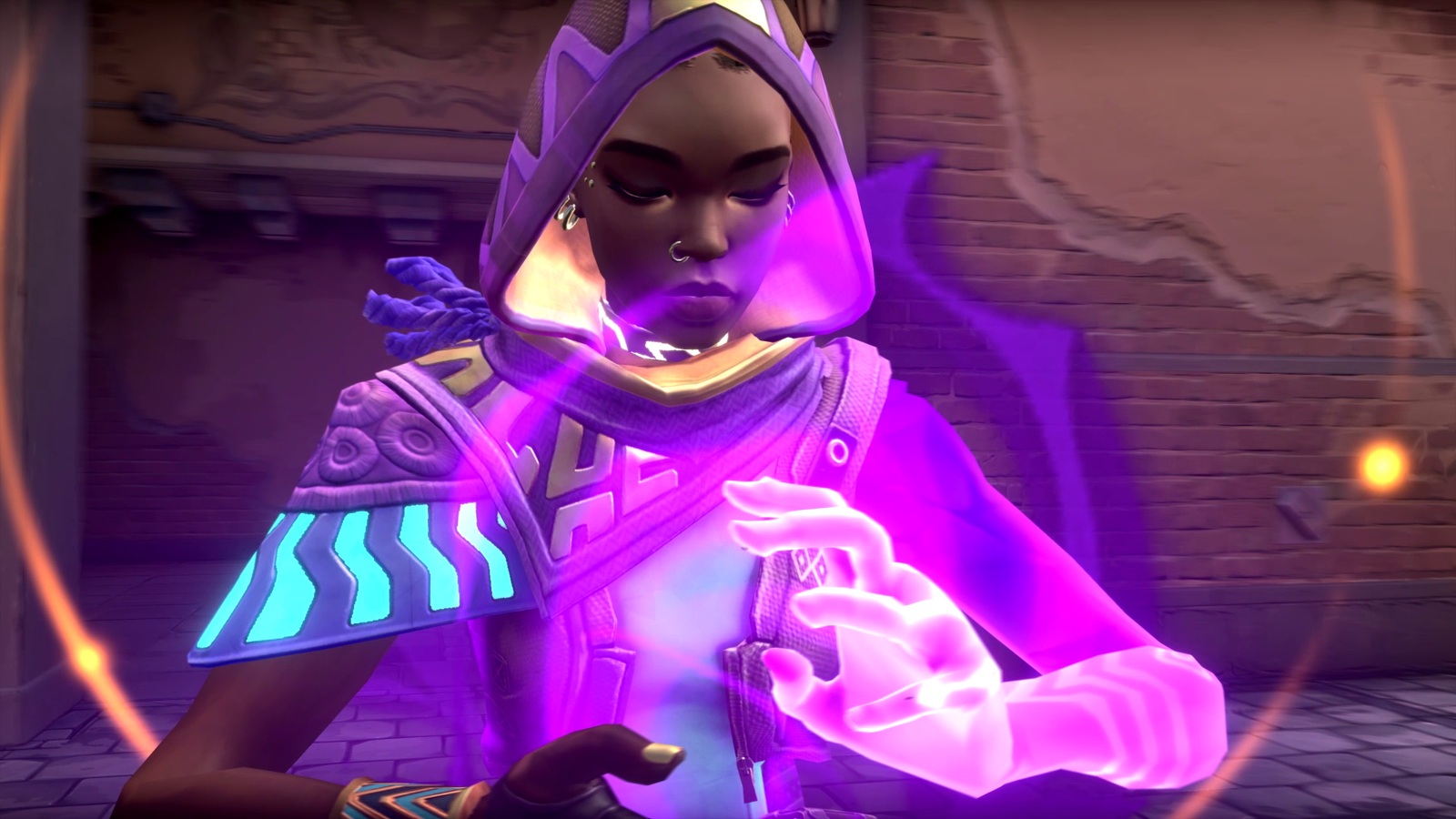
- She excels at strategic map control, enabling powerful site setups and coordinated plays.
A cerebral controller, Astra excels when piloted by players with elite game sense. Her Stars can be used for smokes, stuns, or pull effects, making her a flexible agent for controlling the battlefield. However, she is difficult to master and has fallen slightly out of favor due to recent nerfs.
- Why B-Tier? While Astra can coordinate beautifully with her team’s strategy, her complexity makes her less appealing to most players compared to simpler agents like Omen or Brimstone.
- Pro Tip: Communicate with teammates to sync Gravity Well or Nova Pulse effects with their plays; team coordination is critical.
4. C-Tier Agents: Rare but Situationally Useful
C-Tier agents on this Valorant tier list are niche picks that only shine under very specific circumstances. They face stiff competition from higher-ranked agents who perform their roles more consistently.
4.1 Yoru
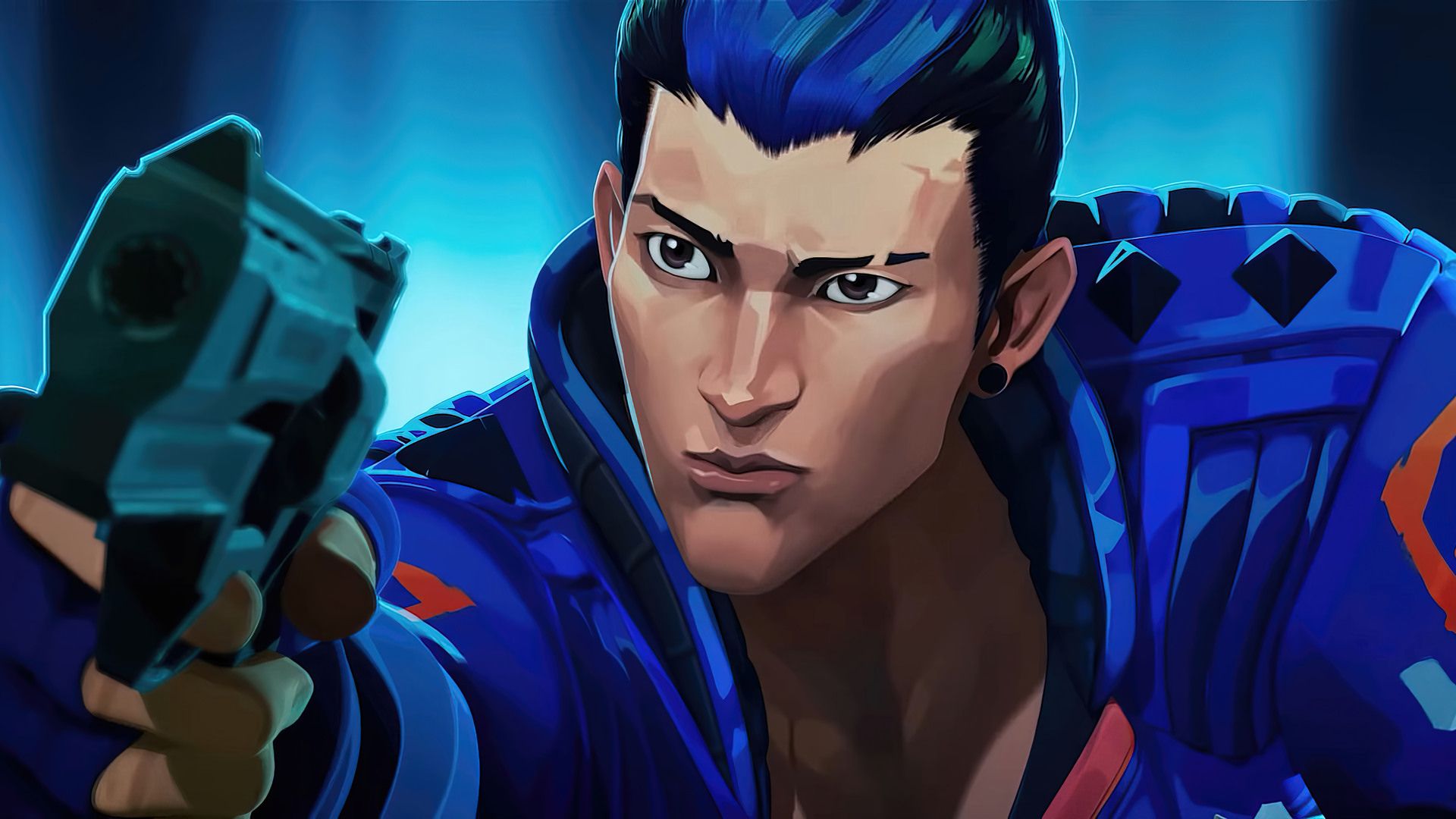
- He excels at flanking and creating chaos behind enemy lines.
Yoru is one of the trickiest agents to use effectively. His teleportation abilities and fake footsteps can be creative tools to outwit opponents, but they often fall short against coordinated teams. Yoru thrives in chaotic games where deception reigns supreme.
Why C-Tier? His high-risk ability kit makes him difficult to use against disciplined opponents, who can easily counter his tricks.
Pro Tip: Pair Yoru with teammates who can capitalize on the chaos created by his Gatecrash teleport or Fakeout ability.
4.2 Fade
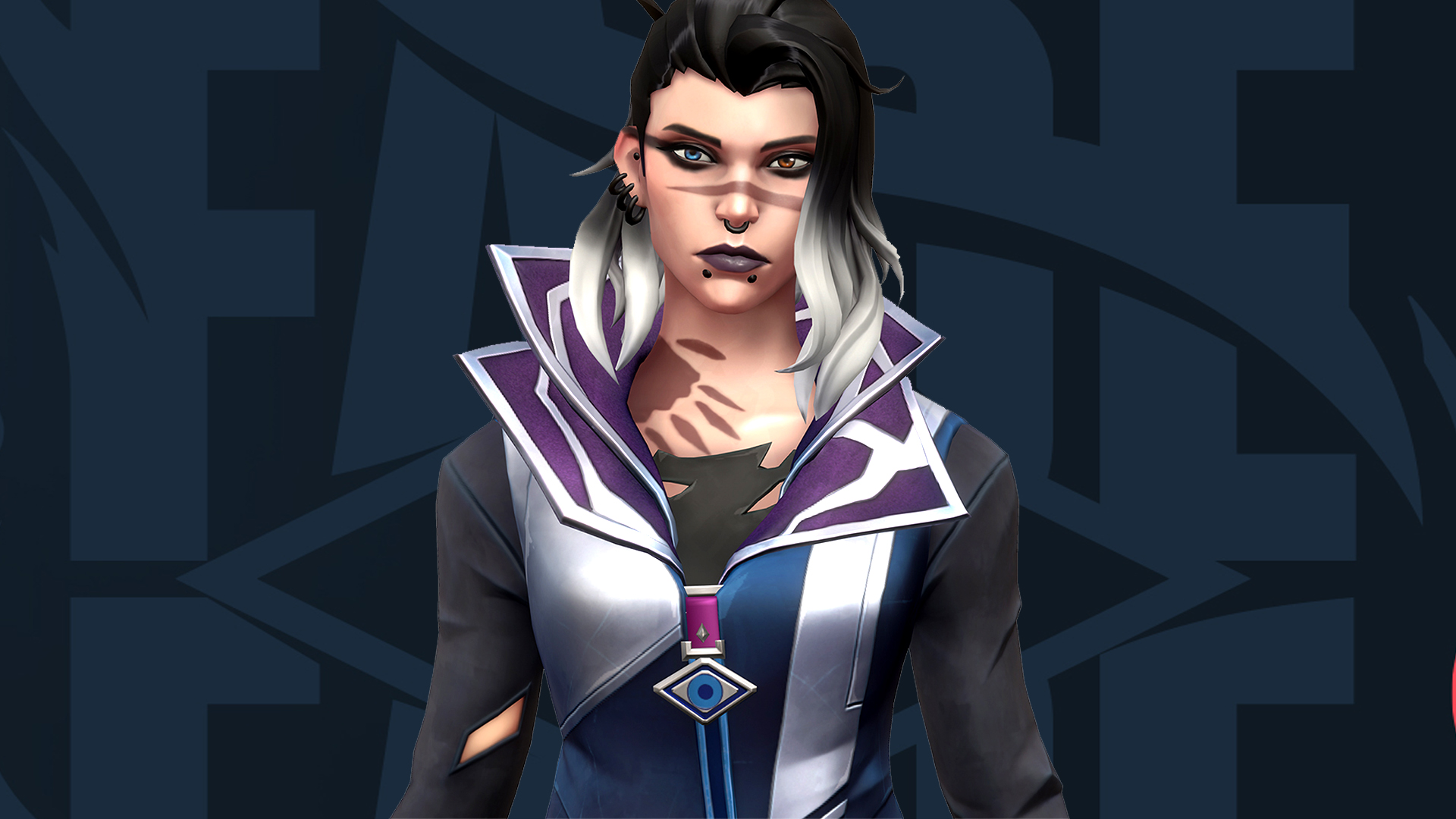
- She excels at gathering intel and disrupting enemy positions.
Fade is a controller-like initiator who excels in crowd control. Her Seize orb and Haunt ability can track and immobilize enemies, making her great for securing site control. However, she struggles to compete with Sova when it comes to recon utility.
- Why C-Tier? Fade’s utility feels situational and map-dependent, leaving her overshadowed by stronger initiators.
- Pro Tip: Use Prowler to scout corners and force enemies to reveal their positions. Timing is everything with Fade.
5. D-Tier Agents: Weaker Options in the Current Meta
D-Tier agents on the present Valorant tier list offer little utility or reliability compared to their counterparts. Picking these agents can put your team at a disadvantage unless you’re playing them with a highly specific plan.
5.1 Harbor
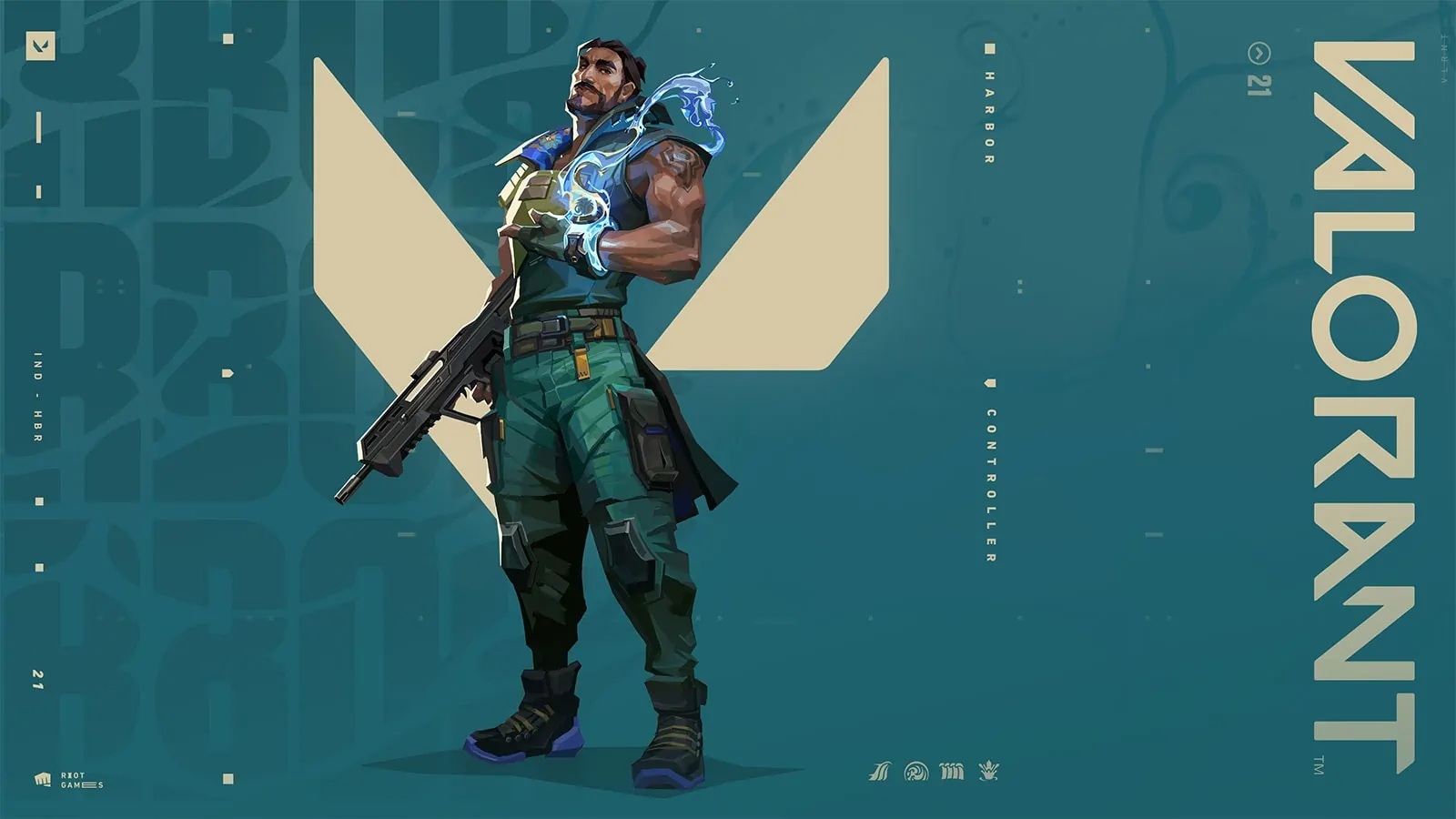
- He excels at site control and safe entry, using walls, cover, and his ultimate to push through areas.
As the newest addition to Valorant’s roster of controllers, Harbor’s abilities focus on water-based smokes and barriers. Unfortunately, Harbor’s kit overlaps with other controllers like Viper and Astra, who outperform him in both versatility and effectiveness.
- Why D-Tier? Harbor struggles to find his place in the current meta due to his limited ability to secure long-term utility.
- Pro Tip: Use his Cove shield smoke to provide temporary cover for spike plants, but don’t rely on it to secure full-site control.
5.2 Neon
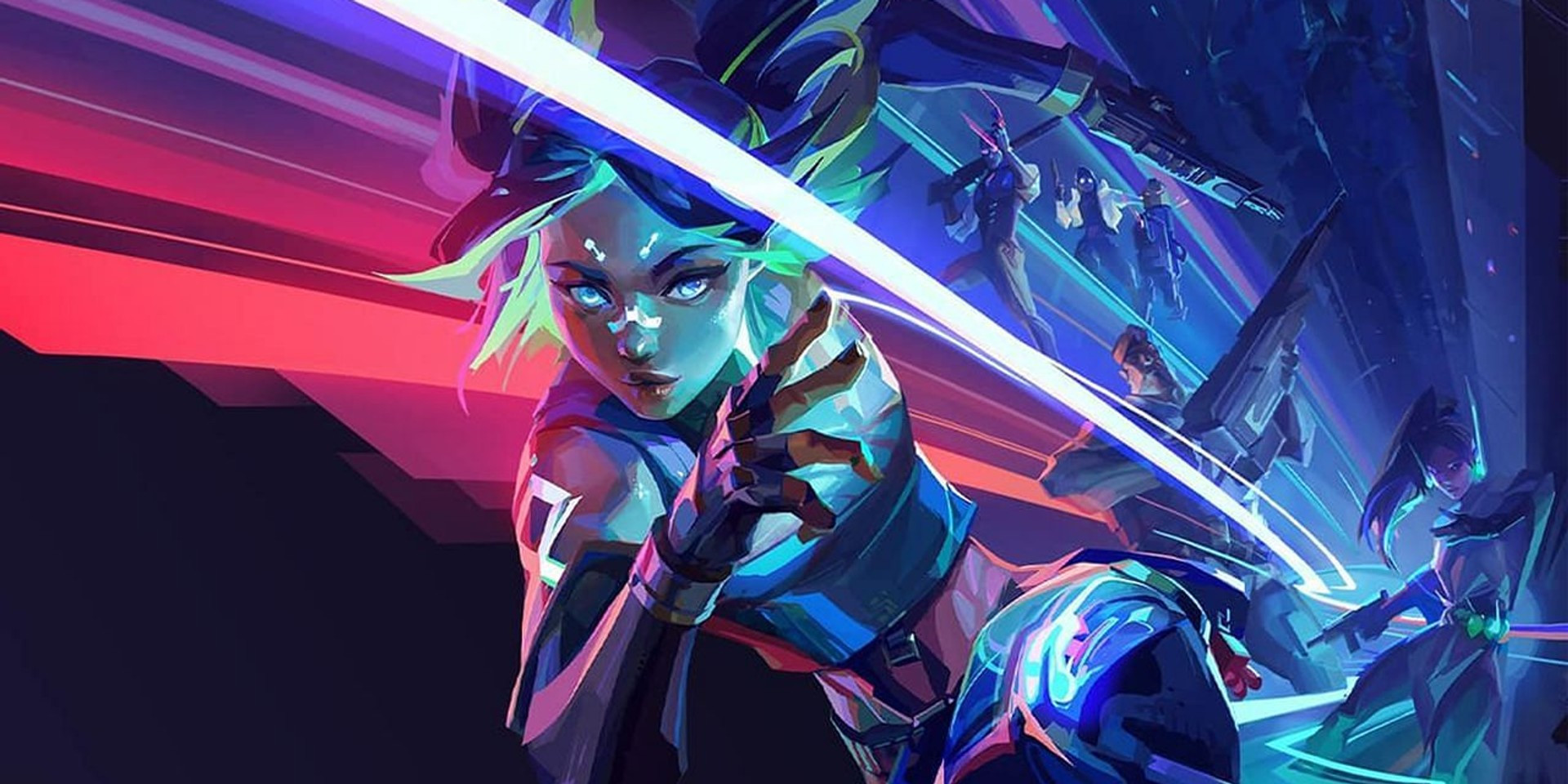
- Her electric abilities, including a deadly beam ultimate, make her perfect for high-tempo plays.
Neon’s speed and movement abilities make her exciting to play, but they rarely translate into consistent value for her team. Her fragging potential depends too heavily on outpacing enemies, leaving her vulnerable in team-oriented play.
- Why D-Tier? While fun in casual matches, Neon struggles to hold her own in coordinated, high-level games.
- Pro Tip: Use her relay bolts to clear chokepoints before sprinting into contested areas; her speed can be her biggest asset when used wisely.

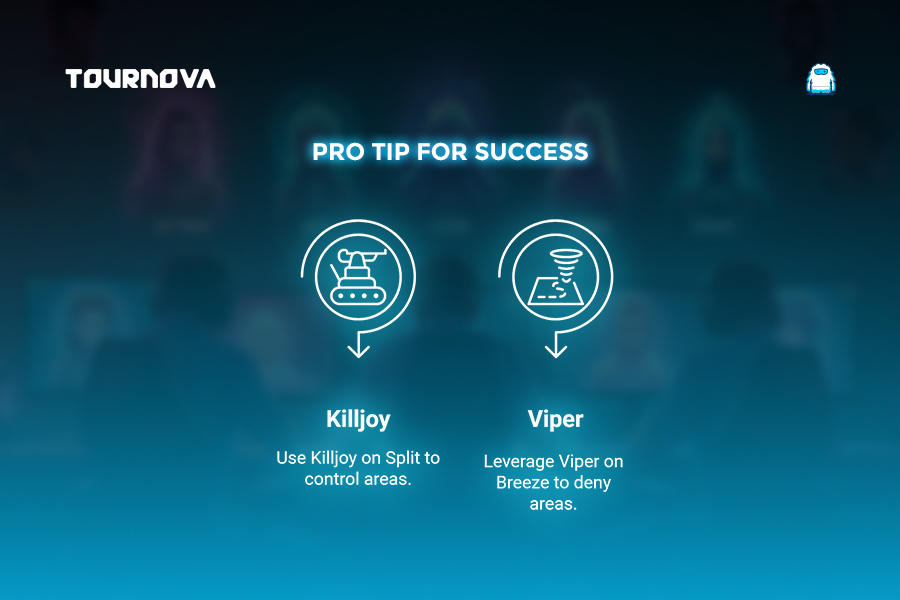
Mastering Valorant Tournaments: Tournova Brings Strategic Innovation to Agent Meta
The ever-changing Valorant tier list reflects the strategic depth revolved around agent utility, adaptability, and team synergy. Similarly, Tournova aligns with these dynamics, offering tournament organizers and players streamlined tools to adapt competitive gaming experiences to ever-shifting metas. Whether crafting brackets for duel-heavy S-Tier agent rosters or managing niche competitions featuring situational picks, Tournova’s automation tools, including player matching, result tracking, and prize distribution, make managing such events seamless. With integration on platforms like Discord and Telegram, Tournova eliminates complexity, allowing organizers to focus on strategy and engagement.
Moreover, Tournova’s token economy captures the tactical spirit of Valorant, rewarding participation, performance, and innovative competition formats. Players and organizers can earn and use tokens to join premium tournaments, unlock special platform features, or even dive into custom auctions. Just as players refine their strategies around Jett or Killjoy in Valorant’s fluid meta, Tournova empowers users to build vibrant, strategic tournament ecosystems that reflect the competitive heart of gaming culture.

- Regular updates, competitive modes, and evolving maps keep the gameplay fresh and the community active.
Closing Things Up: Master the Meta with the Valorant Tier List
Understanding the Valorant tier list is essential for climbing the competitive ladder or just having fun with friends. Whether you’re aiming to dominate as an S-Tier favorite like Jett or experimenting with A-Tier agents like Phoenix, the key to success is adapting to the ever-changing meta. Learn your agent’s abilities, coordinate with your team, and stay updated on the latest patches. Which agent is your go-to pick in Valorant? Let us know in the comments below; we’d love to hear your thoughts on the current meta and the best agents for competitive play!
Read about all the pro gaming tier lists and best players records on Tournova.
FAQs
1. Which agents are best for beginners?
If you’re new to Valorant, start with Omen for his simple but effective smokes or Sage for her healing and ability to anchor sites. Both are beginner-friendly but remain strong choices even in higher-tier play.
2. How do I choose the best agent for my playstyle?
Ask yourself which role you enjoy most: Are you aggressive and love taking fights? Try duelists like Jett. Prefer locking down areas? Go for sentinels like Killjoy. Controllers like Viper are great for strategic play, while initiators like Sova support team execution.
3. Which map influences agent performance the most?
Some agents thrive on certain maps. For example, Killjoy is exceptional on maps like Split due to close-quarters control, while Viper dominates on Breeze due to its large, open spaces. Adjust your picks based on the map’s layout.
4. How often does the agent meta change?
The Valorant meta evolves with nearly every patch update. New agents, reworks, and balancing changes can cause significant shifts in rankings, so staying informed is crucial for competitive success.
